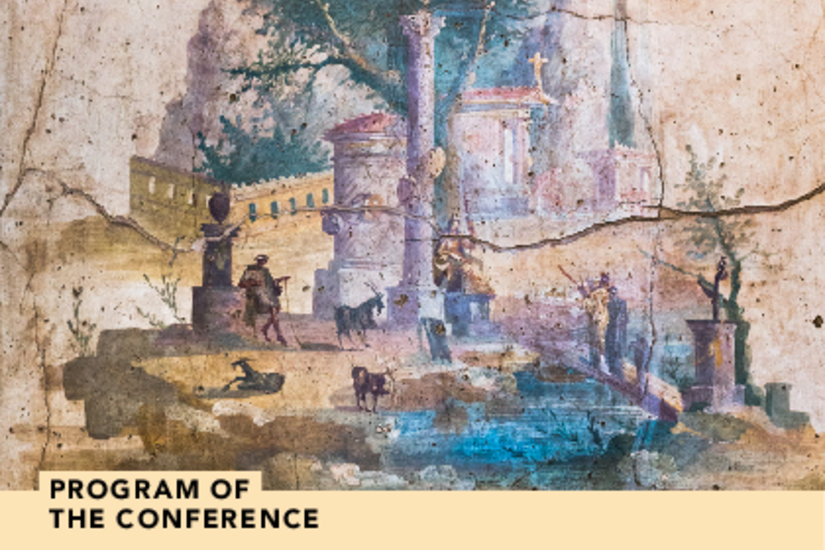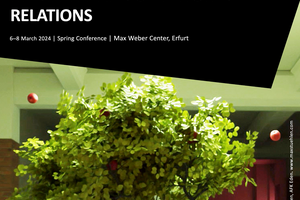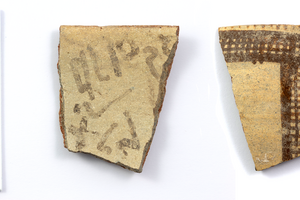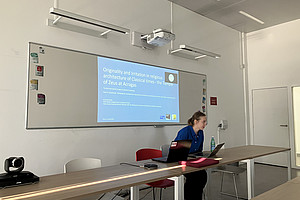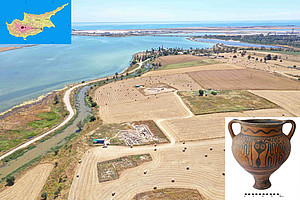An international co-organized by the IGS "Resonant Self-World-Relations", the ÖAI / ÖAW and the University of Szeged.
Find the programme here.
In the course of refocusing on the role of the city for Graeco-Roman religion in recent years, also perspectives on the ‘rurification‘ of religion gained momentum. Against this back-drop the conference aims at a deeper understanding of spaces definition of ‘rural sanctuaries’ as places not located in the spatial and administrative context of a city. The aim is to integrate aspects of architectural design, the cultural and social identity of founders and worshippers, the symbolic messages conveyed through buildings and furnishings, ritual practices, and objects, among others. This integration opens new perspectives for establishing extended criteria to differentiate religious practices, objects, and the presumed agents and users of sacred places. These criteria can be utilized to distinguish a sacred place as either 'rural' or 'urban'. In addition to the spatial position and the legal aspects of the sacralised places, a main focus is to be placed on phenomena of architectural traditions, functionality, human agents, mobility, provenance and meaning of objects involved in the religious practices in order to better recognize possible correlations and different role patterns in the overall religious infrastructure.
For a more differentiated picture of cult sites away from the cities, this conference puts a focus on archaeological sources (from excavations, surveys, or study of material) which will be complemented by literary and epigraphic material and studies as well as theoretical approaches (especially from space theory). Four main questions will be addressed by the contributions:
1. What is a rural sanctuary? Terminology, methodology, typology
2. New finds: the archaeological and epigraphic evidence
3. Spacing religion: the role of spatial concepts for rural sanctuaries
4. Communities and networks of religion in the countryside
Rurality and religion. Places and networks of religion in rural areas of Roman Italy, Gaul, and the Northern Provinces
Dienstag, 16.04.2024
